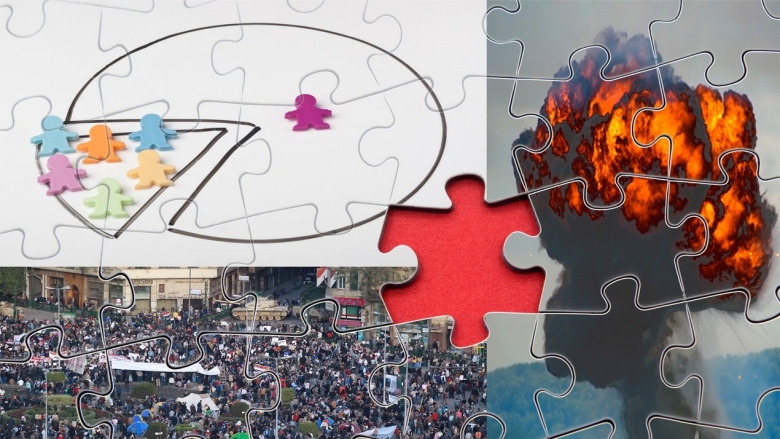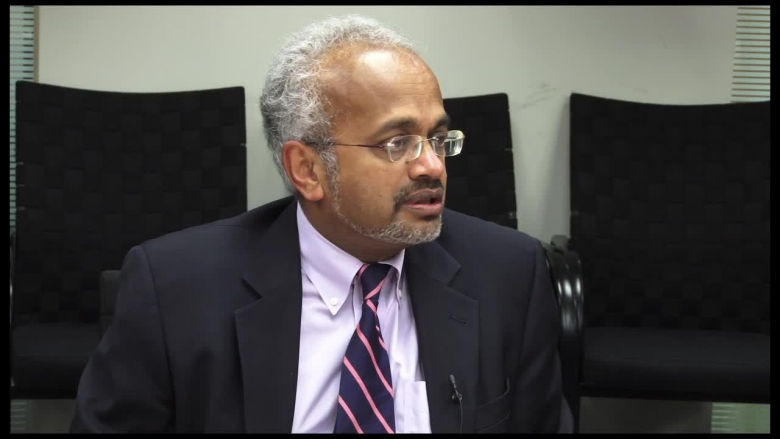Third issue - October 2015: Inequality, Uprisings, and Conflict in the Arab World
Against this backdrop of a slowing global economy, the MENA region is stagnating. Continued low oil prices, the escalation of conflicts, and civil wars make the short-term prospects for a growth recovery slim. The World Bank estimates regional GDP growth to stay at around 2.8 percent in 2015, lower than predicted in April.
Standard development indicators failed to capture or predict the outburst of popular anger during the spring of 2011. What could explain this conundrum, which we refer to as the ‘Arab inequality puzzle’? Answers to these questions are beginning to emerge from new research on monetary inequality and subjective wellbeing in MENA conducted as part of a comprehensive study on economic inequality, uprisings, and conflict in the Arab world. Part II of the report summarizes the main findings emerging from this new research and proposes a possible answer to the Arab inequality puzzle. It argues that income inequality, which was relatively low and declining, could not be a major factor in triggering the Arab Spring events, although wealth disparities, which are typically higher, could have been.

